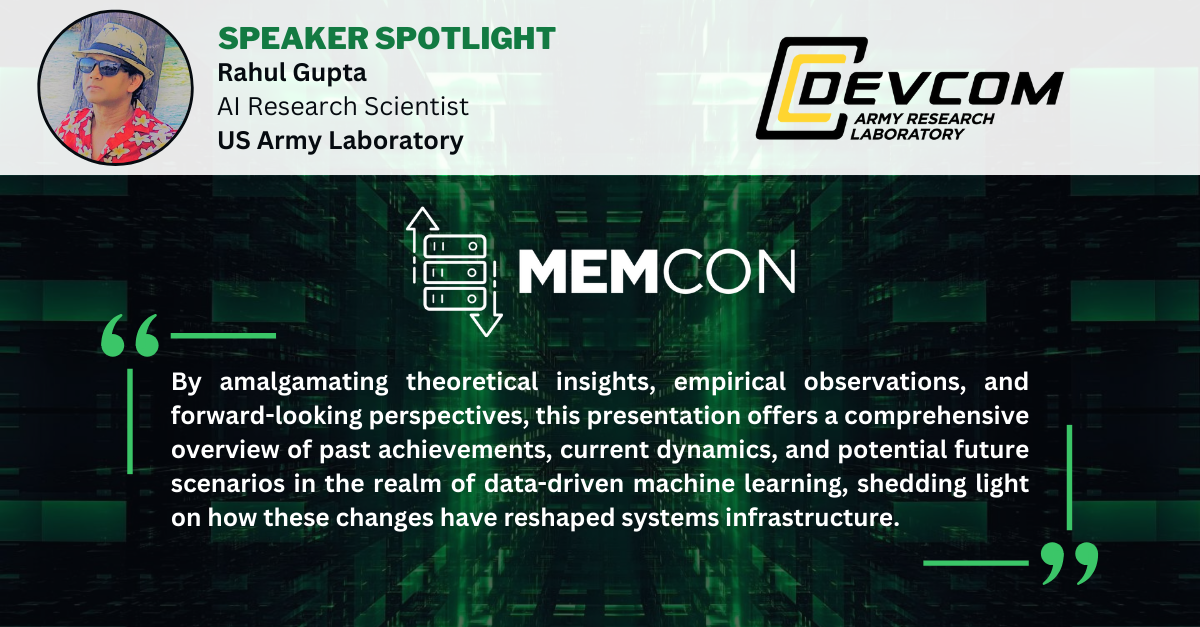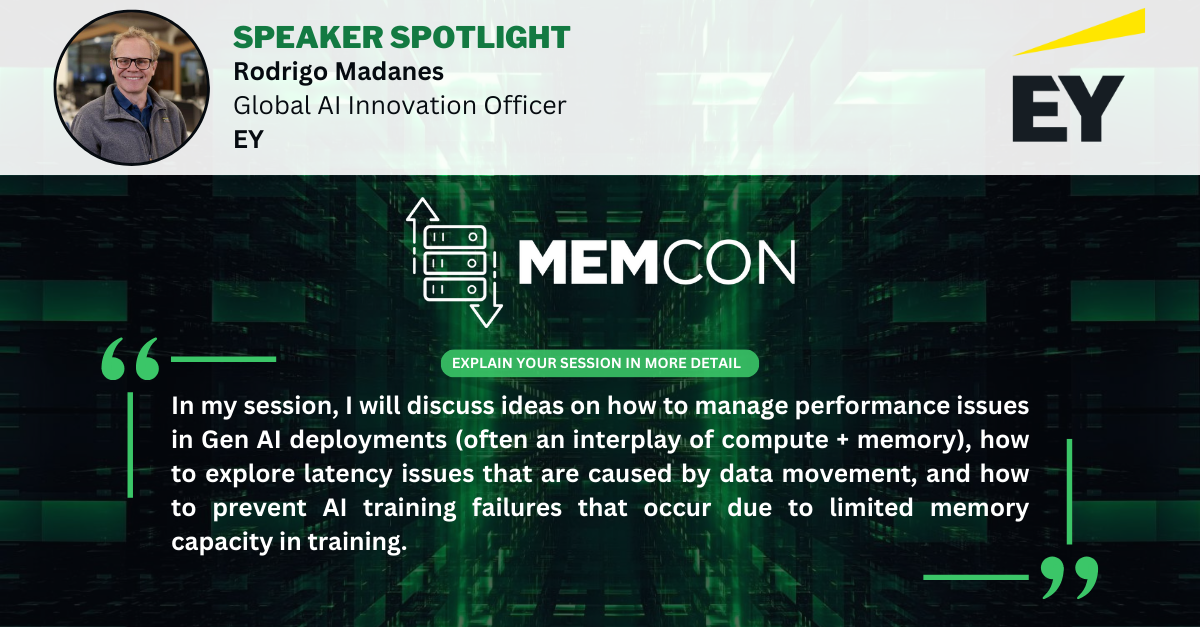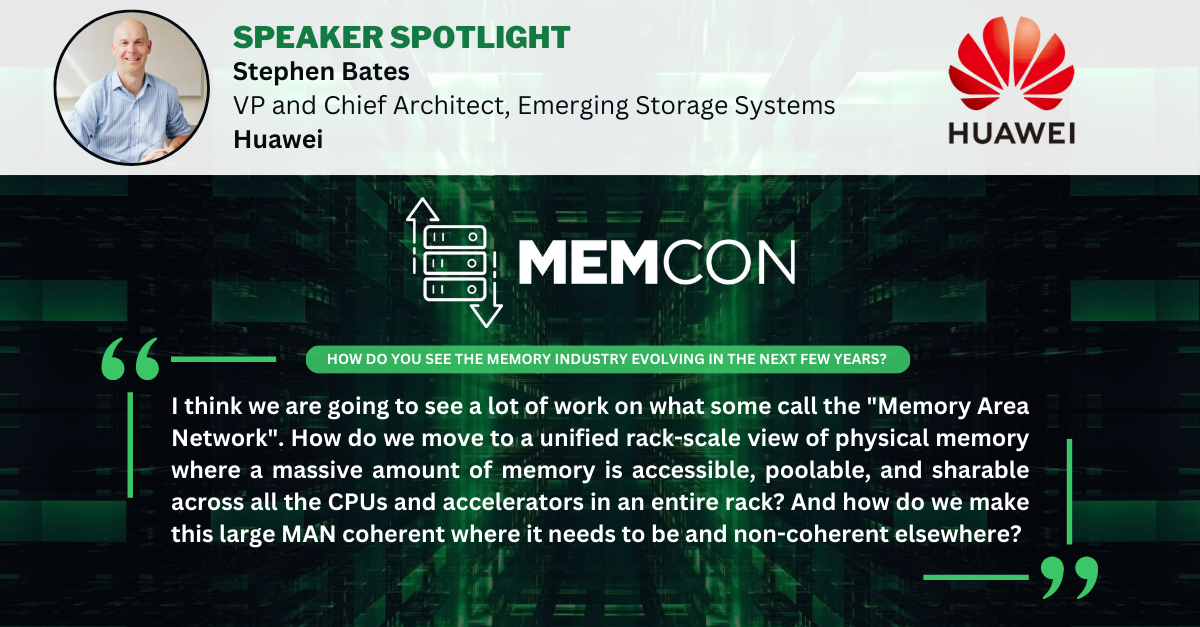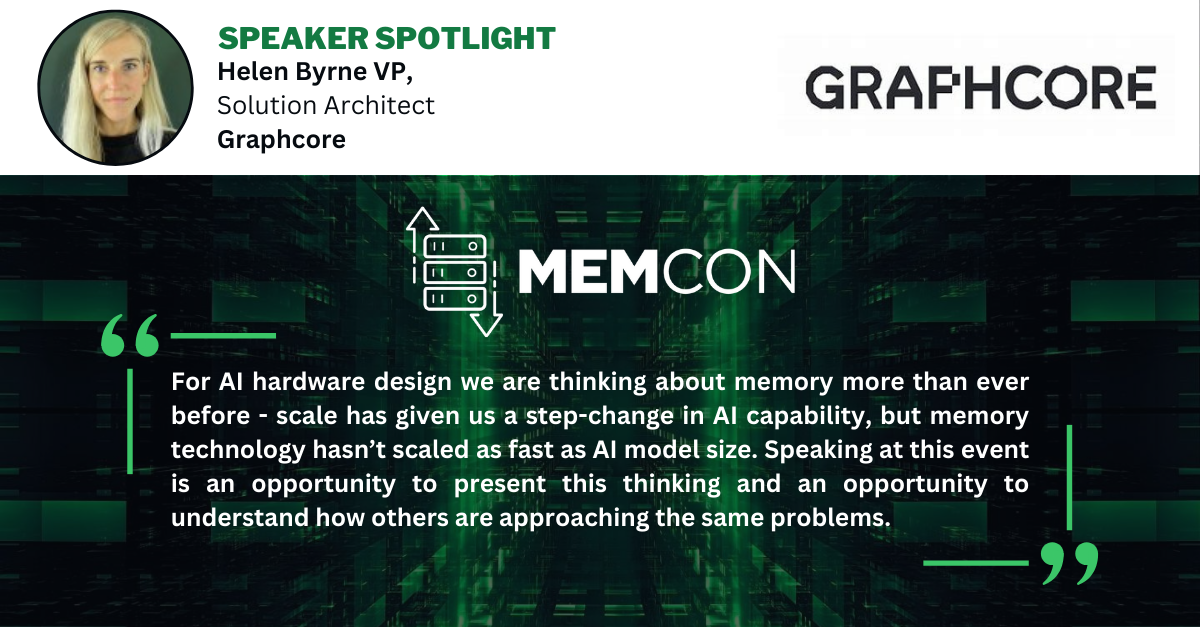Advisory Board Members
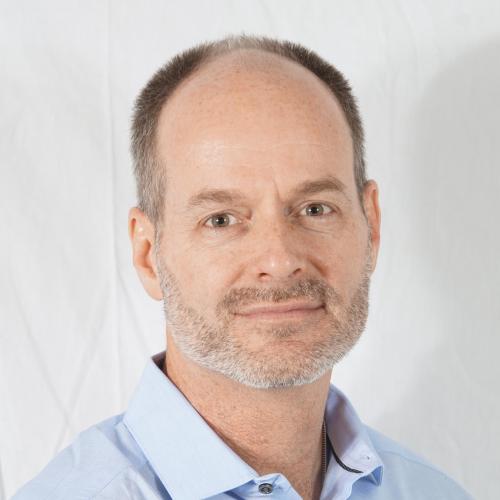
Tom Garvens
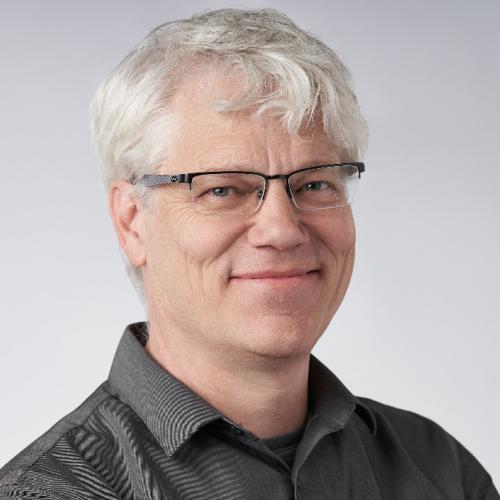
Rob Ober
Rob is NVIDIA’s data center Chief Platform Architect, working with Hyperscalers to build GPU clusters for AI and Deep Learning, develop systems and platform architecture, and influence the HW and SW GPU roadmaps at NVIDIA. His interest in AI and DL was driven by its impact on computer science and computer architecture.
With more than 35 years experience, Rob was Senior Fellow of Enterprise Technology at SanDisk / FusionIO, Corporate Fellow and Chief Architect at LSI; Fellow and Architect at AMD; Chief Architect at Infineon; Manager of Technologies at Apple Computer, as well as designer of supercomputers, mainframes, and networks.
Rob has over 40 international patents in processor architecture, storage systems, SSDs, networks, wireless, power management, and mobile devices. He has developed architecture and implementation of CRAY, ARM, PowerPC, ARC, Sparc, TriCore and x86 processors.
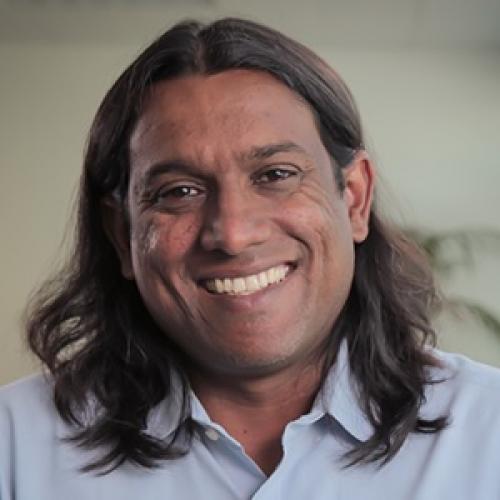
Zaid Kahn
Zaid is currently GM in Cloud Hardware Infrastructure Engineering where he leads a team focusing on advanced architecture and engineering efforts for AI. He is passionate about building balanced teams of artists and soldiers that solve incredibly difficult problems at scale.
Prior to Microsoft Zaid was head of infrastructure engineering at LinkedIn responsible for all aspects of engineering for Datacenters, Compute, Networking, Storage and Hardware. He also lead several software development teams spanning from BMC, network operating systems, server and network fleet automation to SDN efforts inside the datacenter and global backbone including edge. He introduced the concept of disaggregation inside LinkedIn and pioneered JDM with multiple vendors through key initiatives like OpenSwitch, Open19 essentially controlling destiny for hardware development at LinkedIn. During his 9 year tenure at LinkedIn his team scaled network and systems 150X, members from 50M to 675M, and hiring someone every 7 seconds on the LinkedIn Platform.
Prior to LinkedIn Zaid was Network Architect at WebEx responsible for building the MediaTone network and later I built a startup that built a pattern recognition security chip using NPU/FPGA. Zaid holds several patents in networking and SDN and is also a recognized industry leader. He previously served as a board member of the Open19 Foundation and San Francisco chapter of Internet Society. Currently he serves on DE-CIX and Pensando advisory boards.
2024 Speakers Included...
-
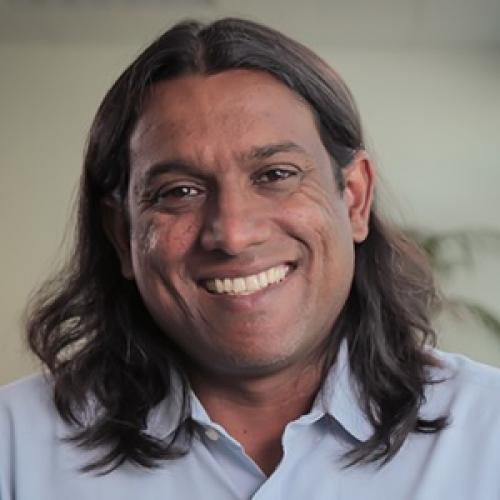
Zaid Kahn
VP & GM, Cloud AI & Advanced SystemsMicrosoftZaid is currently GM in Cloud Hardware Infrastructure Engineering where he leads a team focusing on advanced architecture and engineering efforts for AI. He is passionate about building balanced teams of artists and soldiers that solve incredibly difficult problems at scale.
Prior to Microsoft Zaid was head of infrastructure engineering at LinkedIn responsible for all aspects of engineering for Datacenters, Compute, Networking, Storage and Hardware. He also lead several software development teams spanning from BMC, network operating systems, server and network fleet automation to SDN efforts inside the datacenter and global backbone including edge. He introduced the concept of disaggregation inside LinkedIn and pioneered JDM with multiple vendors through key initiatives like OpenSwitch, Open19 essentially controlling destiny for hardware development at LinkedIn. During his 9 year tenure at LinkedIn his team scaled network and systems 150X, members from 50M to 675M, and hiring someone every 7 seconds on the LinkedIn Platform.
Prior to LinkedIn Zaid was Network Architect at WebEx responsible for building the MediaTone network and later I built a startup that built a pattern recognition security chip using NPU/FPGA. Zaid holds several patents in networking and SDN and is also a recognized industry leader. He previously served as a board member of the Open19 Foundation and San Francisco chapter of Internet Society. Currently he serves on DE-CIX and Pensando advisory boards. -
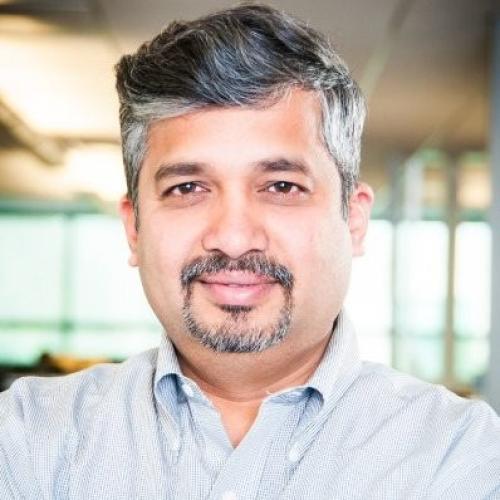
Manoj Wadekar
Hardware Systems TechnologistMeta -
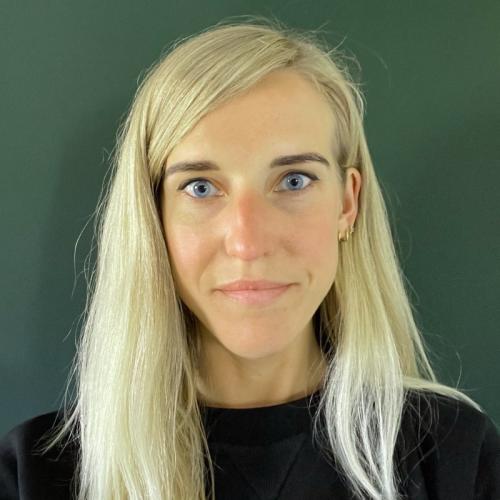
Helen Byrne
VP, Solution ArchitectGraphcoreHelen leads the Solution Architects team at Graphcore, helping innovators build their AI solutions using Graphcore’s Intelligence Processing Units (IPUs). She has been at Graphcore for more than 5 years, previously leading AI Field Engineering and working in AI Research, working on problems in Distributed Machine Learning. Before landing in the technology industry, she worked in Investment Banking. Her background is in Mathematics and she has a MSc in Artificial Intelligence.
-
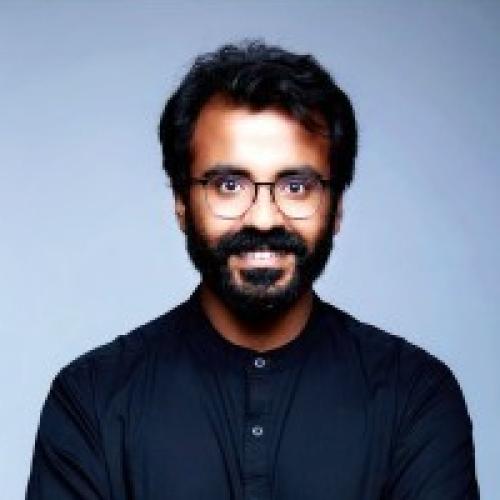
Tejas Chopra
Senior Engineer of SoftwareNetflixTejas Chopra is a Sr. Engineer at Netflix working on Machine Learning Platform for Netflix Studios and a Founder at GoEB1 which is the world’s first and only thought leadership platform for immigrants.Tejas is a recipient of the prestigious EB1A (Einstein) visa in US. Tejas is a Tech 40 under 40 Award winner, a TEDx speaker, a Senior IEEE Member, an ACM member, and has spoken at conferences and panels on Cloud Computing, Blockchain, Software Development and Engineering Leadership.Tejas has been awarded the ‘International Achievers Award, 2023’ by the Indian Achievers’ Forum. He is an Adjunct Professor for Software Development at University of Advancing Technology, Arizona, an Angel investor and a Startup Advisor to startups like Nillion. He is also a member of the Advisory Board for Flash Memory Summit.Tejas’ experience has been in companies like Box, Apple, Samsung, Cadence, and Datrium. Tejas holds a Masters Degree in ECE from Carnegie Mellon University, Pittsburgh.
-
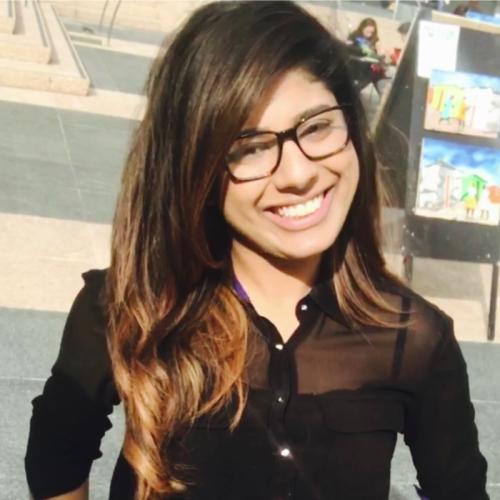
Puja Das
Senior Director, PersonalizationWarner Bros. EntertainmentDr. Puja Das, leads the Personalization team at Warner Brothers Discovery (WBD) which includes offerings on Max, HBO, Discovery+ and many more.
Prior to WBD, she led a team of Applied ML researchers at Apple, who focused on building large scale recommendation systems to serve personalized content on the App Store, Arcade and Apple Books. Her areas of expertise include user modeling, content modeling, recommendation systems, multi-task learning, sequential learning and online convex optimization. She also led the Ads prediction team at Twitter (now X), where she focused on relevance modeling to improve App Ads personalization and monetization across all of Twitter surfaces.
She obtained her Ph.D from University of Minnesota in Machine Learning, where the focus of her dissertation was online learning algorithms, which work on streaming data. Her dissertation was the recipient of the prestigious IBM Ph D. Fellowship Award.
She is active in the research community and part of the program committee at ML and recommendation system conferences. Shas mentored several undergrad and grad students and participated in various round table discussions through Grace Hopper Conference, Women in Machine Learning Program colocated with NeurIPS, AAAI and Computing Research Association- Women’s chapter.
-
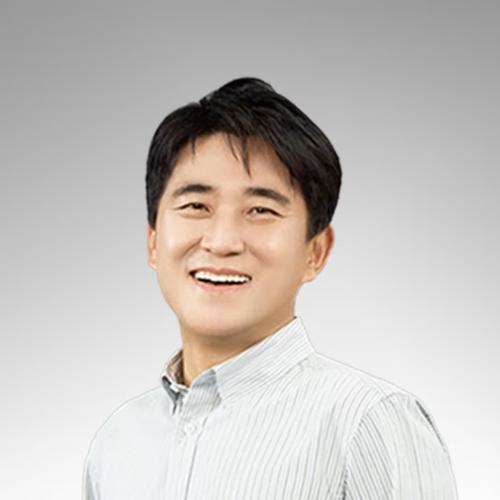
Jin-Hyeok Choi
Corporate EVP, Device Solution Research America - MemorySamsung ElectronicsJin-Hyeok Choi leads Device Solution’s R&D – Memory division, which develops new memory technologies and enables memory products.
Jin-Hyeok joined Samsung Electronics in 2003 as a SoC design engineer, working on the development of mobile storage. From 2012 to 2019, he was in charge of the development team for controllers, a core component of SoCs based on NAND Flash. He developed and commercialized the world's first eMMC and UFS products, as well as various controllers for SATA/SAS/NVMe SSDs. He also developed the first-ever enterprise premium SSD with high endurance VNAND and has contributed significantly to the expansion of the storage market.
Jin-Hyeok received his B.S., M.S., and Ph. D. degrees in Electronics Engineering from Seoul National University in 1989, 1991, and 1996, respectively. He also studied low-power circuits at the University of Tokyo's Institute of Industrial Science.
-
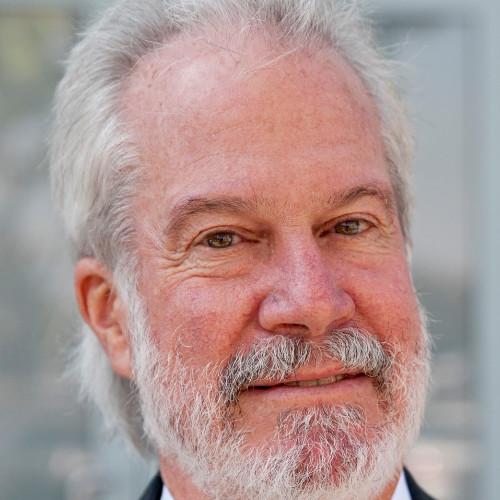
Jim Handy
General DirectorObjective AnalysisJim Handy of Objective Analysis has over 35 years in the electronics industry including 20 years as a leading semiconductor and SSD industry analyst. Early in his career he held marketing and design positions at leading semiconductor suppliers including Intel, National Semiconductor, and Infineon. A frequent presenter at trade shows, Mr. Handy is highly respected for his technical depth, accurate forecasts, widespread industry presence and volume of publication. He has written hundreds of market reports, articles for trade journals, and white papers, and is frequently interviewed and quoted in the electronics trade press and other media.
-
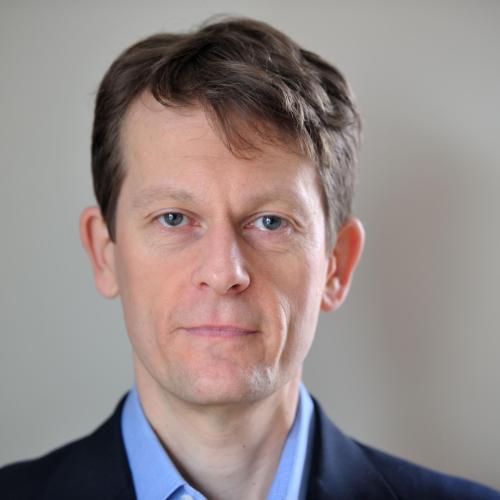
John Overton
CEOKoveJohn Overton is the CEO of Kove IO, Inc. In the late 1980s, while at the Open Software Foundation, Dr. Overton wrote software that went on to be used by approximately two thirds of the world’s workstation market. In the 1990s, he co-invented and patented technology utilizing distributed hash tables for locality management, now widely used in storage, database, and numerous other markets. In the 2000s, he led development of the first truly capable Software-Defined Memory offering, Kove:SDM™. Kove:SDM™ enables new Artificial Intelligence and Machine Learning capabilities, while also reducing power by up to 50%. Dr. Overton has more than 65 issued patents world-wide and has peer-reviewed publications across numerous academic disciplines. He holds post-graduate and doctoral degrees from Harvard and the University of Chicago.
-
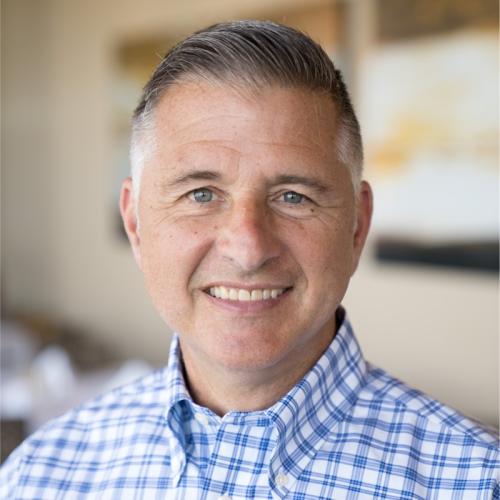
Tom Sheffler
Solution Architect, Next Generation SequencingRocheTom earned his PhD from Carnegie Mellon in Computer Engineering with a focus on parallel computing architectures and prrogramming models. His interest in high-performance computing took him to NASA Ames, and then to Rambus where he worked on accelerated memory interfaces for providing high bandwidth. Following that, he co-founded the cloud video analytics company, Sensr.net, that applied scalable cloud computing to analyzing large streams of video data. He later joined Roche to work on next-generation sequencing and scalable genomics analysis platforms. Throughout his career, Tom has focused on the application of high performance computer systems to real world problems.
-
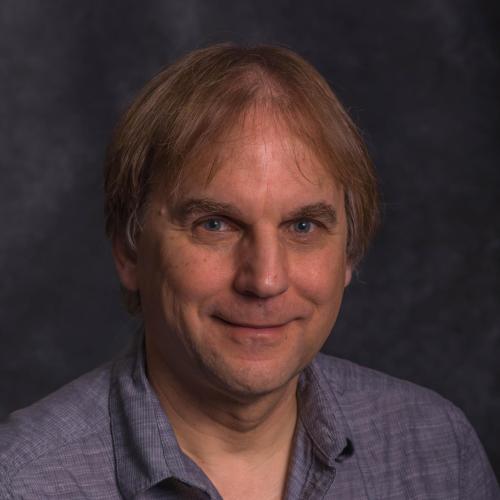
Mike Ignatowski
Sr. FellowAMDMichael Ignatowski is a Sr. Fellow, leading AMD’s Research and Advanced Development division in advanced memory technology and architecture for future systems. Prior to joining AMD in 2010, he worked at IBM for 27 years in the mainframe product division and the T.J. Watson Research division in Yorktown. Michael holds over 25 patents, has participated on panel sessions at major conferences, and has given multiple invited talks and keynote presentations.
-
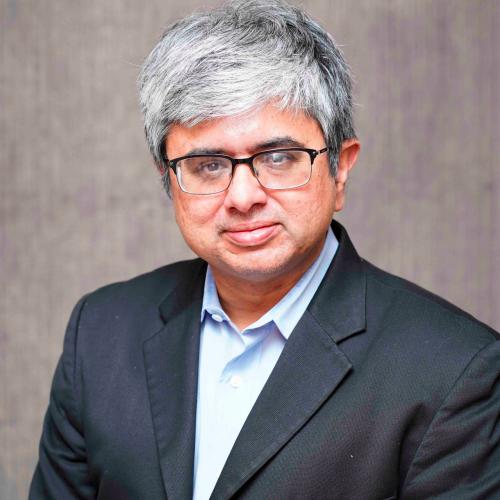
Tirthankar Lahiri
SVP, Data & In-Memory TechnologiesOracleTirthankar Lahiri is Vice President of the Data and In-Memory Technologies group for Oracle Database and is responsible for the Oracle Database Engine (including Database In-Memory, Data and Indexes, Space Management, Transactions, and the Database File System), the Oracle TimesTen In-Memory Database, and Oracle NoSQLDB. Tirthankar has 22 years of experience in the Database industry and has worked extensively in a variety of areas including Manageability, Performance, Scalability, High Availability, Caching, Distributed Concurrency Control, In-Memory Data Management, NoSQL architectures, etc. He has 27 issued and has several pending patents in these areas. Tirthankar has a B.Tech in Computer Science from the Indian Institute of Technology (Kharagpur) and an MS in Electrical Engineering from Stanford University.
-

Camberley Bates
VP, Practice Lead, Data InfrastructureThe Futurum Group -
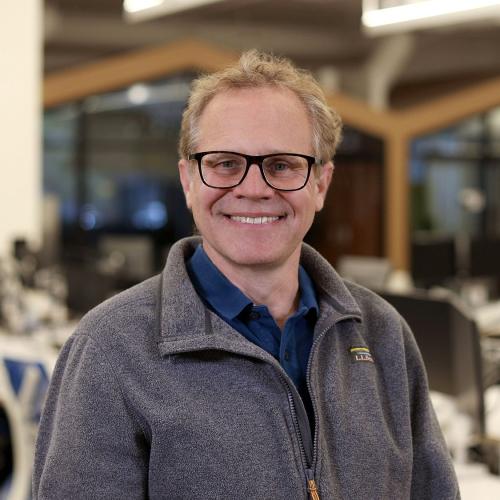
Rodrigo Madanes
Global AI Innovation OfficerEYRodrigo Madanes is EY’s Global Innovation AI Leader. Rodrigo has a computer science degree from MIT and a PhD from UC Berkeley. Some testament to his technical expertise includes 3 patents and having created novel AI products at both the MIT Media Lab as well as Apple’s Advanced Technologies Group.
Prior to EY, Rodrigo ran the European business incubator at eBay which launched new ventures including eBay Hire. At Skype, he was the C-suite executive leading product design globally during its hyper-growth phase, where the team scaled the userbase, revenue, and profits 100% YoY for 3 consecutive years.
-
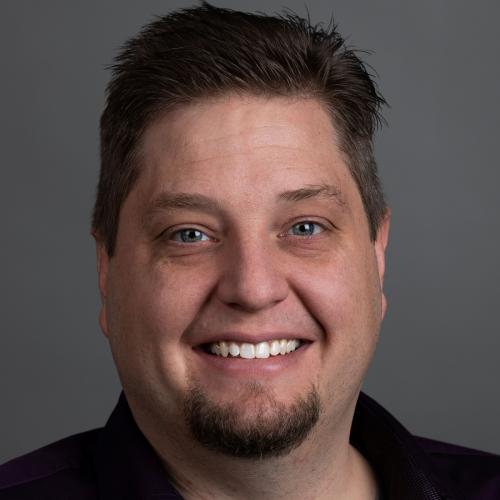
Dirk Van Essendelft
HPC & AI ArchitectNational Energy Technology LaboratoryDr. Van Essendelft is the principle investigator for the integration of AI/ML with scientific simulations within in the Computational Device Engineering Team at the National Energy Technology Laboratory. The focus of Dr. Van Essendelft’s work is building a comprehensive hardware and software ecosystem that maximizes speed, accuracy, and energy efficiency of AI/ML accelerated scientific simulations. Currently, his work centers around building Computational Fluid Dynamics capability within the TensorFlow framework, generating AI/ML based predictors, and ensuring the ecosystem is compatible with the fastest possible accelerators and processors in industry. In this way, Dr. Van Essendelft is developing NETL’s first cognitive-in-the-loop simulation capability in which AI/ML models can be used any point to bring acceleration and/or closures in new ways. Dr. Van Essendelft sits on the Technical Advisory Group for NETL’s new Science-Based Artificial Intelligence/Machine Learning Institute (SAMI) and holds degrees in Energy and Geo-Environmental Engineering, Chemical and Biochemical Engineering, and Chemical Engineering from the Pennsylvania State University, University of California, Irvine, and Calvin College respectively.
Recent publications:
Rocki, K., Van Essendelft, D., Sharapov, I., Schreiber, R., Morrison, M., Kibardin, V., Portnoy, A., Dietiker, J. F., Syamlal, M., and James, M. (2020) Fast stencil-code computation on a wafer-scale processor, In Proceedings of the International Conference for High Performance Computing, Networking, Storage and Analysis, pp pp 1-14, IEEE Press, Atlanta, Georgia.
-
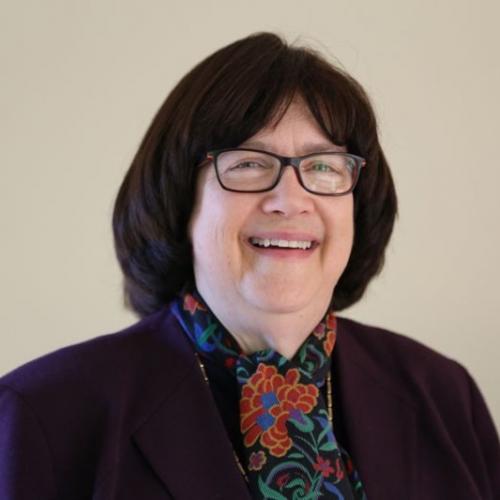
Jean Bozman
PresidentCloud Architects Advisors, LLCJean S. Bozman is an IT industry analyst focusing on cloud infrastructure and the proud founder of a new company, Cloud Architects Advisors LLC.
She has had experience as an IDC Research VP for 10+ years and has covered the semiconductor industry as an analyst for over 20 years.
-
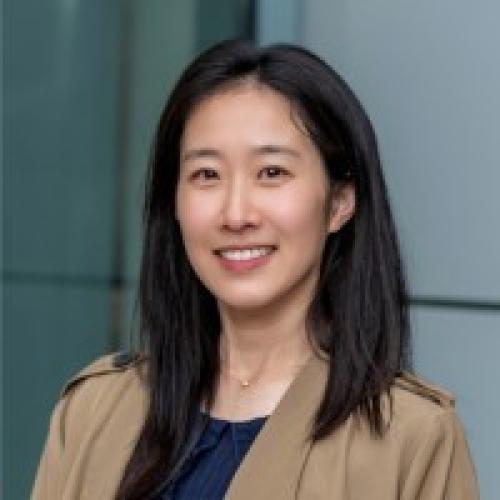
Nan Ding
Research ScientistBerkeley Research LabNan Ding is a Research Scientist in the Performance and Algorithms group of the Computer Science Department at Lawrence Berkeley National Laboratory. Her research interests include high-performance computing, performance modeling and performance optimization. Nan received her Ph.D. in computer science from Tsinghua University, Beijing, China in 2018.
-
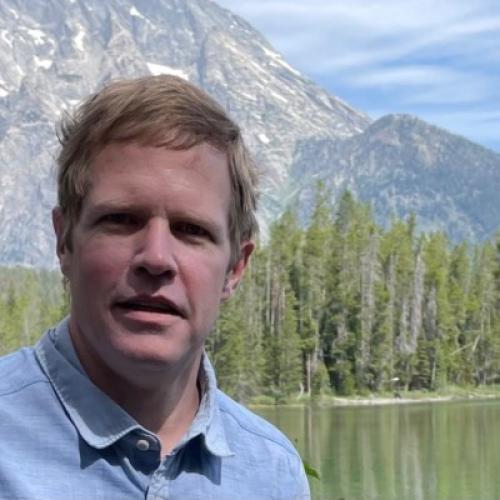
Galen Shipman
Computer ScientistLos Alamos National LaboratoriesGalen Shipman is a computer scientist at Los Alamos National Laboratory (LANL). His interests include programming models, scalable runtime systems, and I/O. As Chief Architect he leads architecture and technology of Advanced Technology Systems (ATS) at LANL. He has led performance engineering across LANL’s multi-physics integrated codes and the advancement and integration of next-generation programming models such as the Legion programming system as part of LANL's next-generation code project, Ristra. His work in storage systems and I/O is currently focused on composable micro-services as part of the Mochi project. His prior work in scalable software for HPC include major contributions to broadly used technologies including the Lustre parallel file system and Open MPI.
-
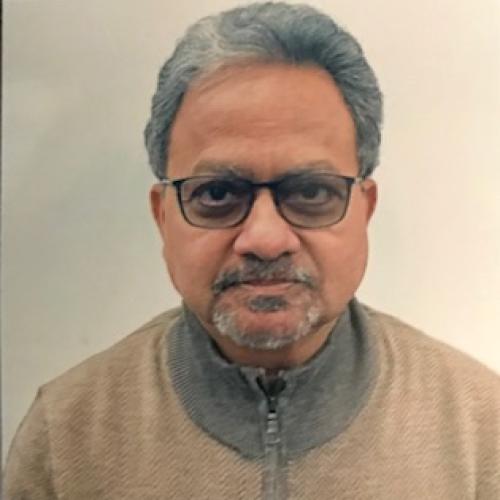
Dr. Chalapathy Neti
Head, AI CoESwiftHe is a seasoned executive with deep experience in AI (Deep Learning, NLP, Speech, Vision), application of AI and Cloud to solve industry problems (e.g. Personalized learning, Precision Medicine, Customer Intelligence, etc.); and in building and incubating advanced technology businesses anchored on AI and Cloud.
Prior to joining SWIFT, Chalapathy held a number of senior management/executive roles at IBM, including VP, IBM Watson Education, responsible for developing a specialized AI platform on Hybrid Cloud for personalized learning; Director of Healthcare Transformation, responsible for launching and leading IBM’s initiative on Healthcare Transformation, leading to the forming of IBM’s Watson Health business unit, and seeding a number of innovative AI-based clinical decision support offerings (e.g. Watson Genomics);
Chalapathy Neti has a Ph.D. from Johns Hopkins University specializing in neural networks (called “Deep Learning”, today). He has over 75+ publications and 30+ patents. He frequently represented IBM in media, trade and academic conferences.
-
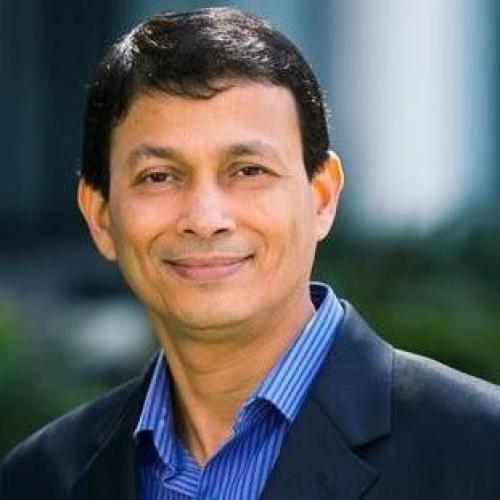
Debendra Das Sharma
TTF Co-Chair: CXL Consortium & Senior Fellow: IntelCXL ConsortiumDebendra Das Sharma (Senior Member, IEEE) was born in Odisha, India, in 1967. He received the B.Tech. degree (Hons.) in computer science and engineering from IIT Kharagpur, Kharagpur, India, in 1989, and the Ph.D. degree in computer systems engineering from the University of Massachusetts, Amherst, MA, USA, in 1995.,He joined Hewlett-Packard, Roseville, CA, USA, in 1994, and Intel, Santa Clara, CA, USA, in 2001. He is currently an Senior Fellow with Intel. He is responsible for delivering Intel-wide critical interconnect technologies in Peripheral Component Interconnect Express (PCI Express), Compute Express Link (CXL), Universal Chiplet Interconnect Express (UCIe), Coherency Interconnect, Multi-Chip Package Interconnect, and Rack Scale Architecture. He has been leading the development of PCI-Express, CXL, and UCIe inside Intel as well as across the industry since their inception. He holds 160+ U.S. patents and more than 400 patents worldwide.,Dr. Das Sharma has been awarded the Distinguished Alumnus Award by IIT, in 2019, the 2021 IEEE Region 6 Engineer of the Year Award, the PCI-SIG Lifetime Contribution Award in 2022, and the 2022 IEEE CAS Industrial Pioneer Award. He is currently the Chair of UCIe Board, a Director of PCI-SIG Board, and the Chair of the CXL Board
-
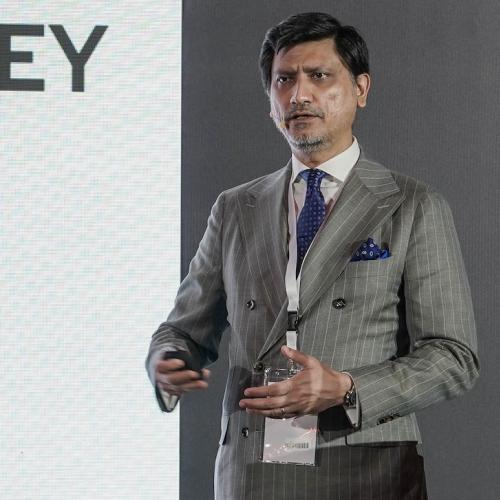
Narendra Narang
Chief Account Technologist, TelecommunicationsRed Hat -
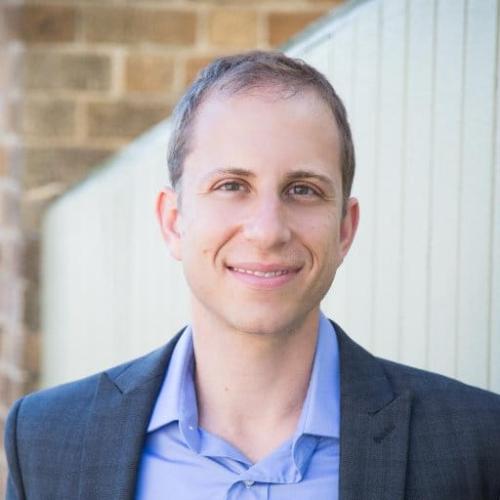
David Kanter
Founder & Executive DirectorMLCommonsDavid founded and leads MLCommons, to make machine learning better for everyone through benchmarks, such as MLPerf, and building datasets and tools for data-centric AI.
The mission of MLCommons™ is to make machine learning better for everyone. Together with its 50+ founding Members and Affiliates, including startups, leading companies, academics, and non-profits from around the globe, MLCommons will help grow machine learning from a research field into a mature industry through benchmarks, public datasets and best practices. MLCommons firmly believes in the power of open-source and open data. Our software projects are generally available under the Apache 2.0 license and our datasets generally use CC-BY 4.0. -
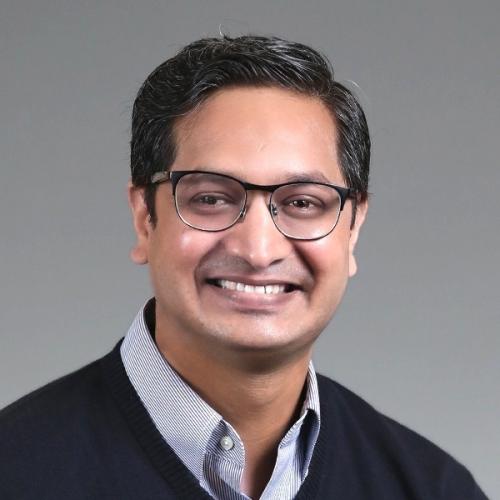
Sandeep Singh
Director - Applied DL & Computer VisionBeans.ai -
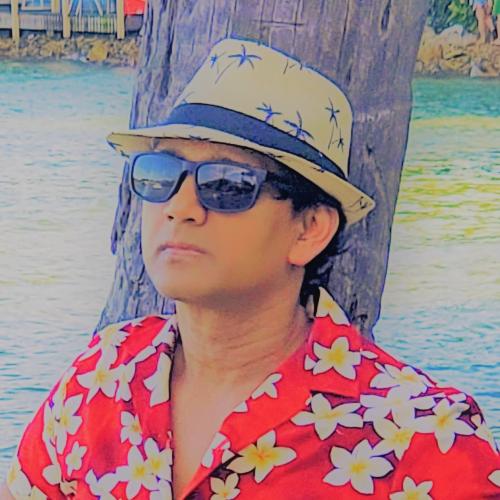
Rahul Gupta
AI Research ScientistUS Army LaboratoryDr. Rahul Gupta has been working at the Army Research Lab for more than a decade. In his current position he is conducting research and development using Deep Learning Artificial Neural Network and Convolutional Neural Network. He joined ARL as a Distinguished Research Scholar and led several successful programs. He became a Fellow of the American Society of Mechanical Engineers in 2014. He is passionate about mentoring and team building with the goal of providing the Army the best possible technology to dominate today’s complex Multi-Domain Environment (MDE).
-

Siddarth Krishnan
MD, Engineering ManagementApplied MaterialsSiddarth Krishnan is Managing Director, at Applied Materials, with an R&D focus on Materials Engineering for Heterogenous Integration, Power Devices and alternative memories (RERAM, FERAM etc). In his role, Siddarth and his team research ways of building modules that help connect memory chips (such as High Bandwidth memories) with logic chips and chips with other functionality, using 2D, 2.5D and 3D Integration. Prior to working on Heterogenous Integration, Siddarth worked on various other materials engineering areas, such as MicroLED and Analog In Memory Compute. Previously, Siddarth was an engineering manager at IBM, working on High-K/Metal Gate and FinFET devices.
-
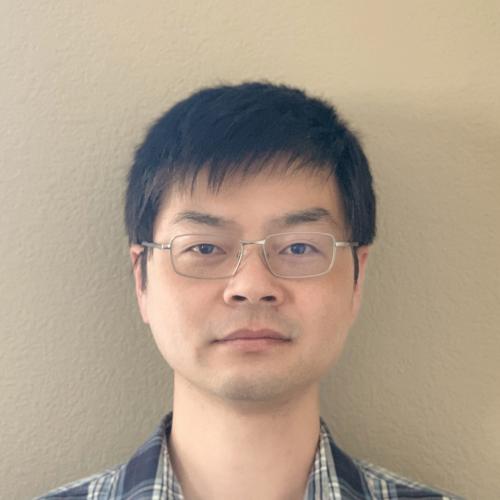
Ping Zhou
Researcher/ArchitectBytedance Ltd.Ping Zhou is a Senior Researcher/Architect with ByteDance, focusing on next-gen infrastructure innovations with hardware/software co-design. Prior to joining ByteDance, Ping worked with Google, Alibaba and Intel on products including Google Assistant, Optane SSD and Open Channel SSD. Ping earned his PhD in Computer Engineering at University of Pittsburgh, specializing in the field of emerging memory and storage technologies.
-
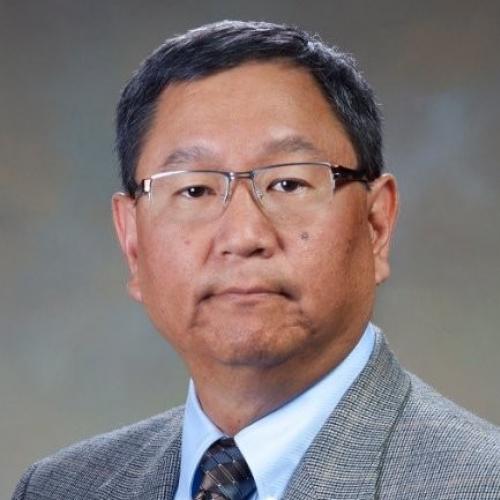
James Ang
Chief Scientist for ComputingPacific Northwest National LabJim is the Chief Scientist for Computing in the Physical and Computational Sciences Directorate (PCSD) at Pacific Northwest National Laboratory (PNNL). Jim’s primary role is to serve as PNNL’s Sector Lead for the DOE/SC Advanced Scientific Computing Research (ASCR) Office. At PNNL, the ASCR portfolio includes over a dozen R&D projects in computer science, applied mathematics, networking, and computational modeling and simulation. Jim also serves as the lead of the Data-Model Convergence Initiative, a lab-wide 5 year investment to develop new computer science capabilities that support integration of scientific high performance computing and data analytics computing paradigms. Through a co-design process, challenge problems that integrate scientific modeling and simulation, domain-aware machine learning, and graph analytics are used to drive the development of a supporting system software stack that maps these heterogeneous applications to conceptual designs for System-on-Chip (SoC) heterogeneous processors. A key element of this converged computing strategy is to support PNNL objectives in accelerating scientific discovery, and real time control of the power grid. Jim's prior connections to other government agencies transferred to PNNL with him and has led to PNNL and Jim's engagement in several national security programs.
Prior to joining PNNL, Jim served as the a member of the initial DOE Exascale Computing Project (ECP) leadership team from 2015-2017. Jim's role was the Director of ECP's hardware technology focus area. His primary role and responsibility was the development and definition of the DOE ECP's hardware R&D strategy. The key elements of the strategy included: 1) Establish a portfolio of PathForward vendor-led hardware R&D projects for component, node and system architecture design, and 2) Create a Design Space Evaluation team to provide ECP with independent architectural analysis of the PathForward vendors' designs and the ability to facilitate co-design communication among the PathForward vendors and the ECP's application and system software development teams.
-

Dylan Patel
Chief AnalystSemi Analysis -
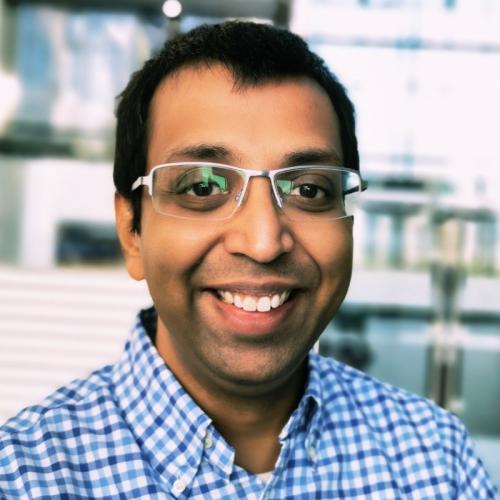
Dr. Vibhor Aggarwal
Manager: Digital & Scientific HPCShellVibhor is an R&D leader with expertise in HPC Software, Scientific Visualization, Cloud Computing and AI technologies with 14 years of experience. He and his team at Shell are currently work on problems in optimizing HPC software for simulations, large-scale and generative AI, combination of Physics and AI models, developing platform and products for HPC-AI solutions as well as emerging HPC areas for energy transition at the forefront of Digital Innovation. He has two patents and several research publications. Vibhor has a BEng in Computer Engineering from University of Delhi and a PhD in Engineering from University of Warwick.
-
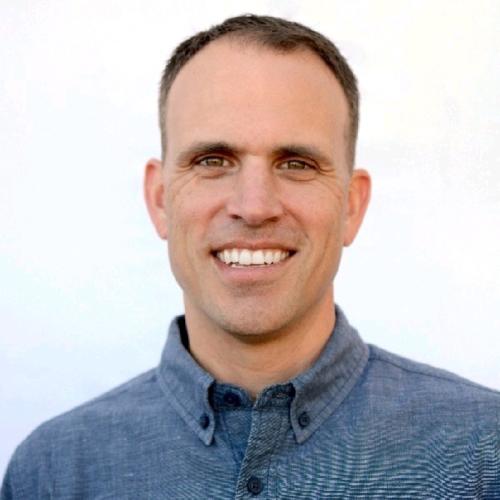
Brett Dodds
Senior Director, Azure Memory DevicesMicrosoft -
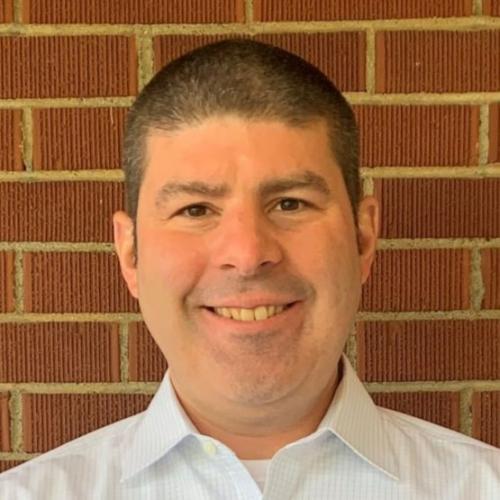
Matthew Burns
Technical Marketing ManagerSamtecMatthew Burns develops go-to-market strategies for Samtec’s Silicon-to-Silicon solutions. Over the course of 20+ years, he has been a leader in design, applications engineering, technical sales and marketing in the telecommunications, medical and electronic components industries. Mr. Burns holds a B.S. in Electrical Engineering from Penn State University.
-
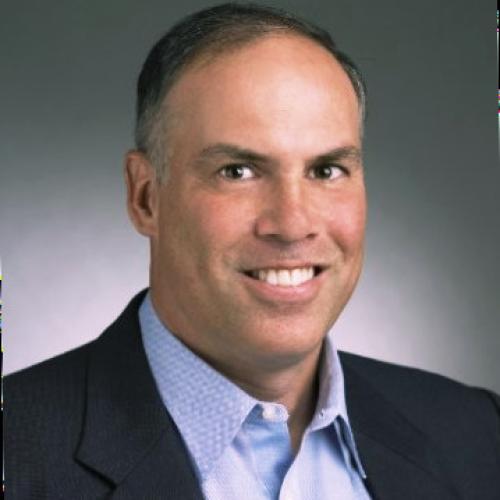
David McIntyre
Director, Product Planning: Samsung & Board Member: SNIASNIA -
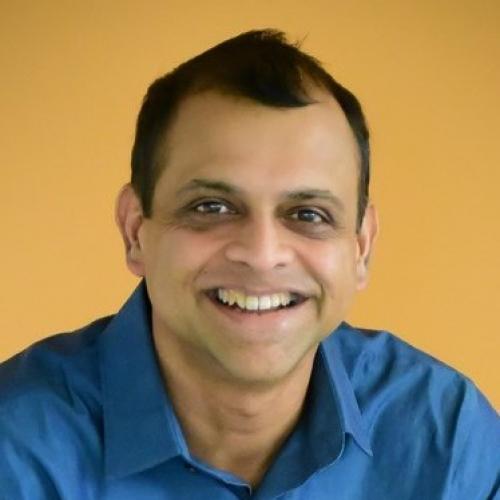
Mahesh Wagh
Senior Fellow & Server System ArchitectAMDMahesh Wagh is AMD Sr. Fellow, Server System Architect in the AMD Datacenter System Architecture and Engineering team, developing world-class products and solutions around EPYC processors.
Prior to joining AMD, Mahesh was a Senior Principal Engineer at Intel corporation, focusing on IO and SoC architecture and related technology developments. He has broad experience in chipset and IO architecture, design and validation on both Server and Client platforms.
Some of Mahesh´s significant achievements include the enhancements to PCI Express Architecture and Specification, leading CPU IO domain architecture and IO IP architecture & Interfaces and leading AMD´s Compute Express Link (CXL) efforts.
-

Debendra Das Sharma
TTF Co-Chair: CXL Consortium & Senior Fellow: IntelCXL ConsortiumDebendra Das Sharma (Senior Member, IEEE) was born in Odisha, India, in 1967. He received the B.Tech. degree (Hons.) in computer science and engineering from IIT Kharagpur, Kharagpur, India, in 1989, and the Ph.D. degree in computer systems engineering from the University of Massachusetts, Amherst, MA, USA, in 1995.,He joined Hewlett-Packard, Roseville, CA, USA, in 1994, and Intel, Santa Clara, CA, USA, in 2001. He is currently an Senior Fellow with Intel. He is responsible for delivering Intel-wide critical interconnect technologies in Peripheral Component Interconnect Express (PCI Express), Compute Express Link (CXL), Universal Chiplet Interconnect Express (UCIe), Coherency Interconnect, Multi-Chip Package Interconnect, and Rack Scale Architecture. He has been leading the development of PCI-Express, CXL, and UCIe inside Intel as well as across the industry since their inception. He holds 160+ U.S. patents and more than 400 patents worldwide.,Dr. Das Sharma has been awarded the Distinguished Alumnus Award by IIT, in 2019, the 2021 IEEE Region 6 Engineer of the Year Award, the PCI-SIG Lifetime Contribution Award in 2022, and the 2022 IEEE CAS Industrial Pioneer Award. He is currently the Chair of UCIe Board, a Director of PCI-SIG Board, and the Chair of the CXL Board
-
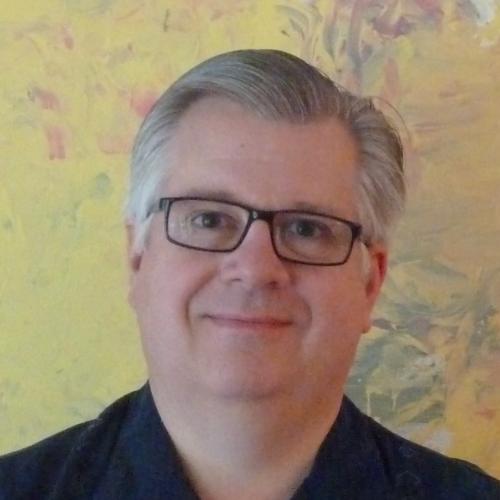
Paul Crumley
Senior Technical Staff MemberIBM ResearchPaul G Crumley, a Senior Technical Staff Member at IBM Research, enjoys creating systems to solve problems beyond the reach of current technology.
Paul’s current project integrates secure, compliant AI capabilities with enterprise Hybrid Cloud allowing clients to extract new business value from their data.
Paul’s previous work includes the design and construction of distributed, and high-performance computing systems at CMU, Transarc, and IBM Research. Projects include The Andrew Project at CMU, ASCI White, IBM Global Storage Architecture, Blue Gene Supercomputers, IBM Cloud, and IBM Cognitive Systems. Paul has managed data centers, and brings his first-hand knowledge of these environments, combined with experience of automation and robustness, to the design of AI for Hybrid Cloud infrastructure.
-
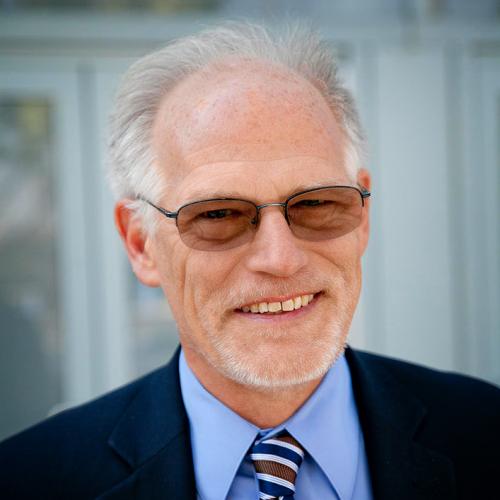
Tom Coughlin
PresidentCoughlin AssociatesTom Coughlin, President, Coughlin Associates is a widely respected digital storage analyst as well as business and technology consultant. He has over 40 years in the data storage industry with engineering and management positions at several companies as well as 20 years as a respected consultant.
Dr. Coughlin has many publications and six patents to his credit. Tom is also the author of Digital Storage in Consumer Electronics: The Essential Guide, which is now in it’s second edition with Springer. Coughlin Associates provides market and technology analysis as well as Data Storage sndf Memory Technical and Business Consulting services. Tom publishes the Digital Storage Technology Newsletter, the Media and Entertainment Storage Report, the Emerging Non-Volatile Memory Report and other industry reports. Tom is also a regular contributor on digital storage for Forbes.com and other blogs.
Tom is active with SMPTE (Journal article writer and Conference Program Committee), SNIA (including a founder of the SNIA SSSI), the IEEE (he is Past President of IEEE-USA, Past Chair of the IEEE New Initiatives Committee, Past Chair of the IEEE Public Visibility Committee, Past Director for IEEE Region 6, Past Chair and still active in the IEEE Santa Clara Valley section and active in the Consumer Technology Society) and other professional organizations. Tom is the founder and organizer of the Storage Visions Conferences (www.storagevisions.com as well as the Creative Storage Conferences (www.creativestorage.org). He was the general chairman of the annual Flash Memory Summit for 10 years. He is an IEEE Fellow, HKN member, and a board member of the Consultants Network of Silicon Valley (CNSV). For more information on Tom Coughlin and his publications go to www.tomcoughlin.com.
-
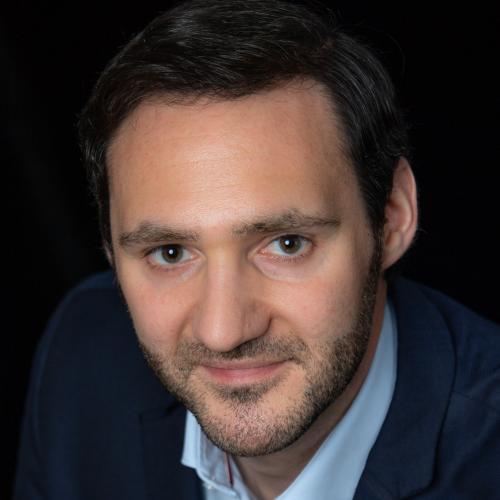
Simone Bertolazzi
Principal Analyst, MemoryYole GroupSimone Bertolazzi, PhD is a Senior Technology & Market analyst, Memory, at Yole Intelligence, part of Yole Group, working with the Semiconductor, Memory & Computing division. As member of the Yole’s memory team, he contributes on a day-to-day basis to the analysis of memory markets and technologies, their related materials, device architectures and fabrication processes. Simone obtained a PhD in physics in 2015 from École Polytechnique Fédérale de Lausanne (Switzerland) and a double M. A. Sc. degree from Polytechnique de Montréal (Canada) and Politecnico di Milano (Italy), graduating cum laude.
-
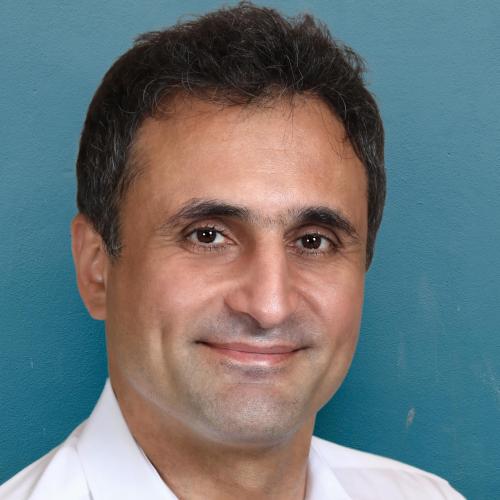
Ramin Farjadrad
Co-Founder & CEOEliyanRamin Farjadrad is the inventor of over 130 granted and pending patents in communications and networking. He has a successful track record of creating differentiating connectivity technologies adopted by the industry as International standards (Two Ethernet standards at IEEE, one chiplet connectivity at OCP.) Ramin co-founded Velio Communications, which led to a Rambus/LSI Logic acquisition, and Aquantia, which IPO’d and was acquired by Marvell Technologies. Ramin’s Ph.D. EE is from Stanford.
-

Hoshik Kim
VP & Fellow of Memory Systems ResearchSK Hynix -
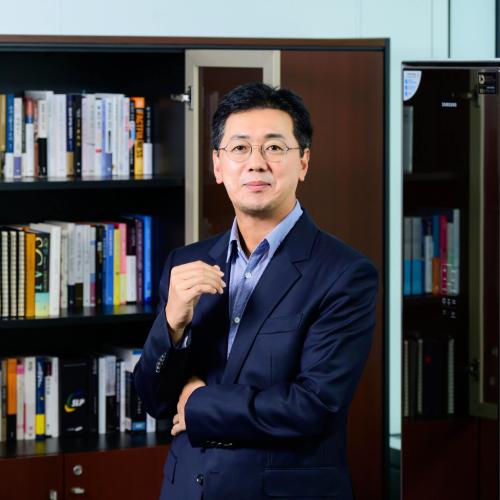
SangJoon Hwang
Corporate EVP, Head of DRAM Product & TechnologySamsung ElectronicsSangJoon Hwang received B.S, M.S., and Ph.D. degrees in electric engineering from the Korea University in 1994, 1996, and 2008, respectively.
He joined the Samsung Electronics, Hwaseong, South Korea in 1996, where he had successfully led a DRAM design group in 2014 and the Flash design team in 2017 as a Vice President and the Memory Product Planning team in 2019 as as a Senior Vice President. Through leading various backgounds from product planning to design, his experience enhances the overall quality of Samsung DRAM products.
Since 2023, he has been leading the DRAM Product & Technology of the Samsung memory division. His current research interests include architecture for next-generation DRAM and product development utilizing new process technology for new product line-up.
-
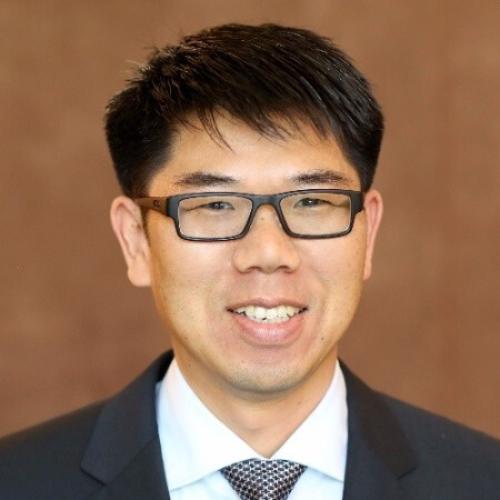
Yang Seok Ki
CXL Board of Director, VP and CTO of Memory Solutions LabSamsung ElectronicsDr. Yang Seok Ki is a Vice President and CTO of the Memory Solutions Lab (MSL) at Samsung Semiconductor Inc. in San Jose, California. Since joining Samsung in 2011, he has led various advanced development projects including SmartSSD, Key-Value SSD, CXL Memory Expander, Memory Semantic SSD, etc. In addition, he led the NVMe Key Value Standard, SNIA Key Value API, SNIA Computational Storage Architecture and API. He is a CXL board of director and a technical chair of Data Centric Computing workstream of the Open Computing Project (OCP) Future Technology Initiative (FTI). Prior to joining Samsung, he worked for Oracle's Server Technology Group. Prior to his industrial career, he was involved in High Performance Computing (HPC), Grid Computing, and Cloud research at the Institute of Information Sciences at the University of Southern California and the Center for Networked Systems at the University of California, San Diego. He received his Ph.D. in Electrical Engineering and Computer Engineering from Seoul National University, and his Master's and Bachelor's degrees in Computer Engineering from Seoul National University. He also completed the Engineering Leadership Professional Program (ELPP) from the University of California, Berkeley.
-
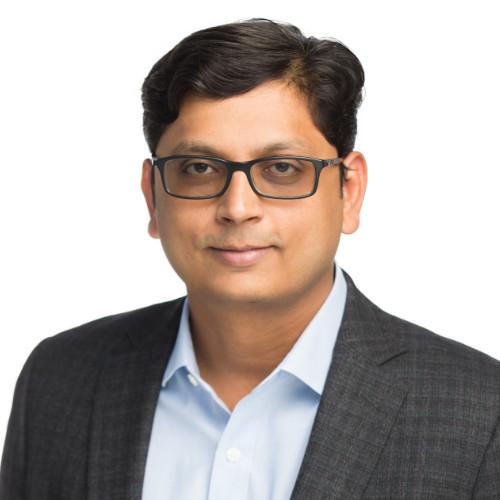
Shyam Iyer
Distinguished Engineer & Member Of SNIA Technical CouncilDell -
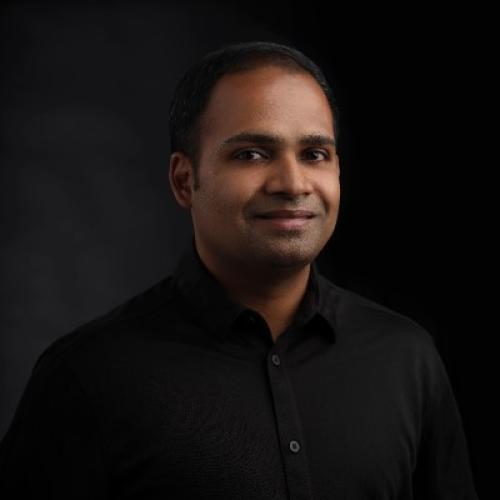
Arun Raman
Deep Learning Solutions ArchitectNVIDIAArun Raman is an AI solution architect at NVIDIA, adept at navigating the intricate challenges of deploying AI applications across edge, cloud, and on-premises environments within the consumer Internet industry. In his current role, he works on the design of end-to-end accelerated AI pipelines, for consumer internet customers meticulously addressing preprocessing, training, and inference optimizations. His experience extends beyond AI, having worked with distributed systems and multi-cloud infrastructure. He shares practical strategies and real-world experiences, empowering organizations to leverage AI effectively.
-

Paul Turner
VPBroadcom/VMWarePaul Turner, is the Vice President of the vSphere Product Management team, covering vCenter, ESXi, vMotion and Project Pacific. He is leading our next generation of vSphere and moving the platform to become the leading infrastructure platform for all apps – VMs, Containers and Machine Learning applications. Paul brings more than 20 years expertise in enterprise software product management and marketing - having held leadership roles at VMware, NetApp, Oracle, Cloudian and Scality. Under his leadership, Scality was recognized as a leader in Gartner's Magic Quadrant and also by IDC in their Marketscape report for Object Storage. Prior to this at NetApp, he led the product management and technical marketing for their management software and also ran the Product Strategy Office, where he guided their investments into all-flash, Iongrid, CacheIQ, Onaro and Akorri.
Paul holds an computer science degree from Trinity College in Ireland. He lives in Los Altos, Silicon Valley with his wife Kristy and their children Conor and Aoife..
-
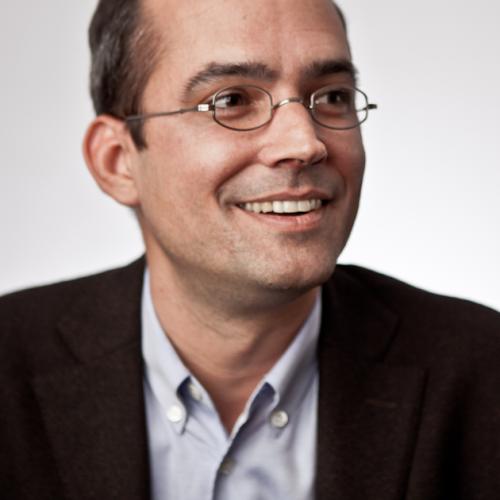
Gunnar Hellekson
VP & GMRedHatGunnar Hellekson is Vice President and General Manager for the Red Hat Enterprise Linux business. Before that, he was Chief Strategist for Red Hat’s US Public Sector group. He is a founder of Open Source for America, one of Federal Computer Week’s Fed 100 for 2010, and was voted one of the FedScoop 50 for industry leadership. He was a founder of the Military Open Source working group, a member of the SIIA Software Division Board, the Board of Directors for the Public Sector Innovation Group, the Open Technology Fund Advisory Council, New America’s California Civic Innovation Project Advisory Council, and the CivicCommons Board of Advisors. He perks up when people talk about commoditization and the industrial mobilization of World War II. He is also co-host of the Dave and Gunnar Show.
Prior to joining Red Hat, he worked as a developer, systems administrator, and IT director for a number of Internet businesses. He has also been a business and IT consultant to not-for-profit organizations in New York City. During that time, he spearheaded the reform of safety regulations for New York State’s electrical utilities through the Jodie Lane Project.
Gunnar’s CV is available in HTML, PDF, and on GitHub.
-
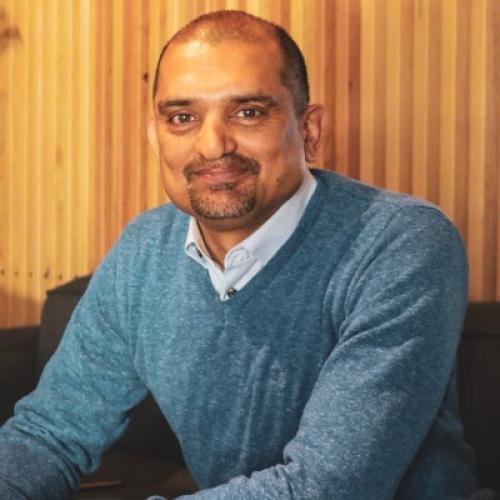
Dharmesh Jani
Infrastructure Ecosystem & Partnership Lead, Member Board of Directors (UCIe)Meta -
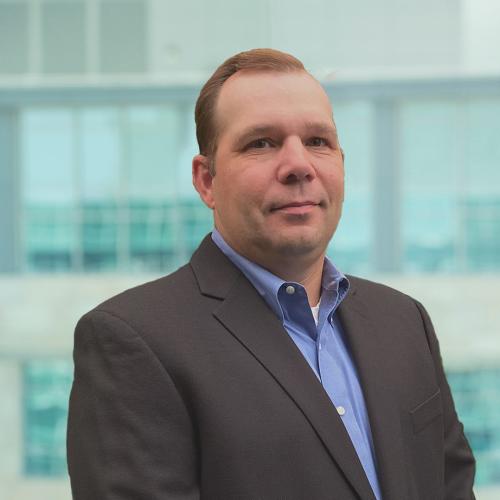
Matt Jones
VP of Strategic MarketingRambusMatt Jones joined Rambus in 2019 and currently serves as the Vice President of Strategic Marketing at Rambus. He is responsible for development and growth of the company’s silicon and IP products, driving high-performance, secured memory and interconnect architectural innovation in Data Center and Edge Connectivity applications. Prior to his current role, Matt served as General Manager for the company’s IP Cores business unit. Before joining Rambus, Matt held various product line management and marketing positions for microprocessor, connectivity, and power management products over a twenty-four-year career at IDT, later acquired by Renesas. Matt holds a Bachelor of Science in Electrical Engineering and a Bachelor of Arts in Economics from Stanford University.
-

Andy Hock
VP, Product ManagementCerebrasDr. Andy Hock is VP of Product Management at Cerebras Systems with responsibility for product strategy. His organization drives engagement with engineering and our customers to inform the hardware, software, and machine learning technical requirements and accelerate world-leading AI with Cerebras’ products. Prior to Cerebras, Andy has held senior leadership positions with Arete Associates, Skybox Imaging (acquired by Google), and Google. He holds a PhD in Geophysics and Space Physics from UCLA.
-
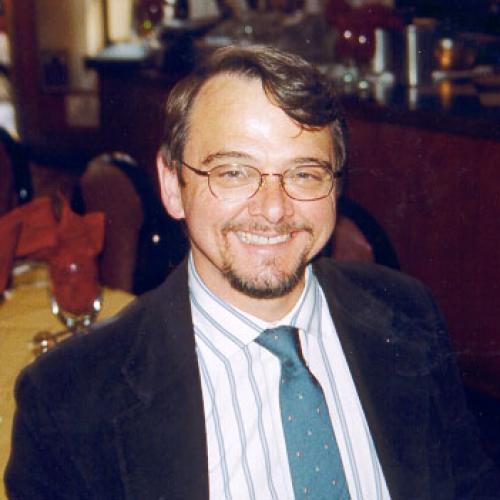
David Emberson
Senior Distinguished TechnologistHPEDavid Emberson is Senior Distinguished Technologist for HPC System Architecture, where he is working on future memory system designs for HPE Cray systems. He began his career at MIT's Digital Systems Laboratory, where he built one of the first portable computers in 1975. He has held positions at Prime Computer, Megatest, Ametek Computer Research, and Sun Microsystems. At Sun, Mr. Emberson was a member of the SPARC architecture committee, managed the SparcStation 10 and SparcStation 20 programs, and was Senior Director at SunLabs. His consulting clients have included the Hypertransport Consortium, AMD, Intel, Atheros, PathScale, Qlogic and numerous startup companies.
At HPE he was Technical Director of HPE's PathForward program for the Department of Energy's Exascale Computing Program. His current research is in memory system design for HPC systems. He serves on the JEDEC J42.2 (HBM) committee and is a Senior Member of IEEE. Mr. Emberson has a B.S. in Electrical Engineering from MIT. He holds nineteen patents.
-
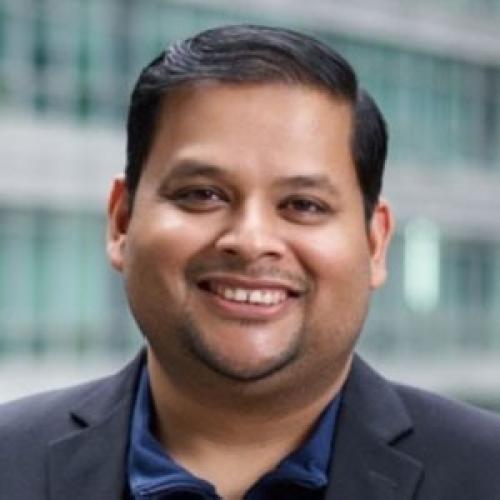
Mohit Gupta
SVP and GM, Custom Silicon and IPAlphawave SemiMohit Gupta joined Alphawave Semi in September 2022 as part of the OpenFive acquisition from SiFive. He currently serves as Senior Vice President and General Manager for IP and Custom Silicon Business unit. Mohit brings in more than 2 decades of experience in semiconductor IP and SoC domains leading worldwide engineering, application engineering, products, and field teams. Prior to Alphawave Semi, he led the IP and Custom SoC business units at SiFive and Rambus.
Mohit holds a Bachelor of Engineering in Electronics and Communications from Thapar University and Master of Science in Microelectronics from BITS, Pilani. He also holds an executive MBA in International Business from Indian Institute of Management, Calcutta.
-
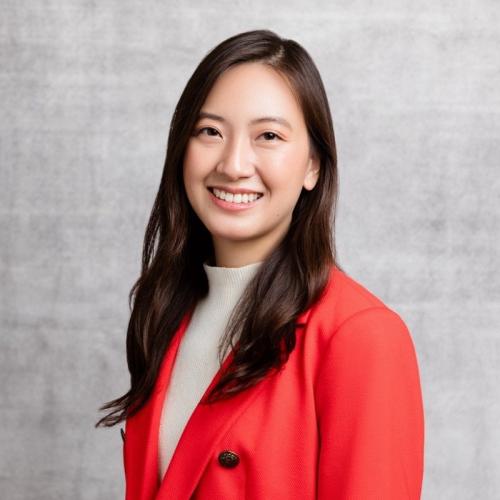
Angela Yeung
VP of Product ManagementCerebras Systems -
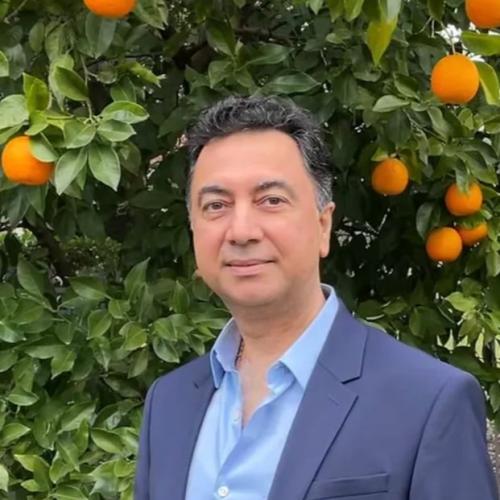
Siamak Tavallaei
Advisor to the BoardCXL ConsortiumSiamak Tavallaei has recently served as the CXL Consortium President and Chief Systems Architect at Google Cloud. Currently he is the CXL Advisor to the Board and the Incubation Committee (IC) member for OCP Server Project where he drives the architecture and productization of CXL-enabled solutions. His current focus is the system optimization for large-scale, mega-datacenters for general-purpose and tightly-connected, accelerated machines built on co-designed hardware, software, security, and management. In 2019, he joined CXL effort as a founding member where he first served as co-chair of Technical Task Force (TTF) and as the CXL President in 2021. In 2016, he joined OCP as a co-lead of Server Project and now is the Incubation Committee (IC) member where he drives open-sourced modular design concepts for integrated hardware/software solutions (OAI, DC-SCM, DC-MHS, and DC-Stack). His experiences as Chief Systems Architect at Google, Principal Architect at Microsoft Azure, Distinguished Technologist at HP, and Principal Member of Technical Staff at Compaq along with his contributions to industry collaborations such as EISA, PCI, InfiniBand, and PCIe give Siamak a broad understanding of requirements and solutions for the Enterprise, Hyperscale, and Edge datacenters for industry-wide initiatives.
